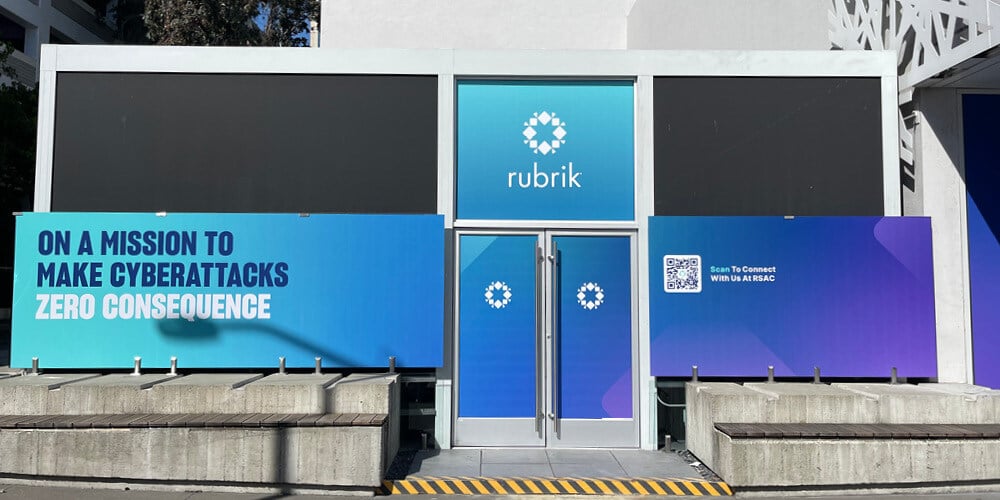Most of us love the beat of rhythm when we hear it in sound. But did you know there is also compelling rhythm in effective Interior Design? In fact, rhythm is one of several go-to principles of interior design. It’s used to direct our eyes around a room in an organized fashion. It also shapes how we perceive our workplace or any space, helping to determine if we find it aesthetically pleasing.
Here are 5 design principles of Rhythm you can use to create flow throughout your interiors:
- Repetition: Repeating a continuous pattern throughout the space to create a sense of stability.
- Gradation: Using a step-by-step progression to move the eye from one end of the space to the other.
- Transition: Employing a design element (a shape, for instance) to move the eye in an uninterrupted flow from one spot to another.
- Contrast: Creating an opposition dynamic by situating one design element in direct contrary position to another. This forces the eye to move back-and-forth between them creating an engaging visual contrast.
- Radiation: When multiple design components come together to form a balanced rotation around a center object.
It’s not necessary to include all the above design tenets in one space. Selecting one or two different principles can usually do the job of visually uniting the space. Wall Graphics can be a very useful tool for creating interior rhythm.
One example of how you might apply rhythm in your interiors is described below and seen in the One Workplace wall graphics pictured above, produced and installed by BarkerBlue.
Pattern Repetition: As shown in the pictures above, you can simply incorporate a graphic pattern throughout with a bit of variation as it moves through the space. Even applying just this principle alone with Wall Graphics can acheive an engaging and cohesive design.
“There’s even a psychological basis for why we find unified spaces pleasing ... the quicker we can simplify the information presented to us, the more likely we are to find it aesthetically pleasing. When we incorporate rhythm in interior design, it gives us a set of established patterns to fall back on and allows viewers to take in the room’s sensory information as easily as possible.” (FreshHome.com, 10/27/17)
For more examples of Interior design with Wall Graphics, or to learn more about Environmental Graphics, see our portfolio at https://barkerbluecreate.com/our-work/portfolio/.





Related posts